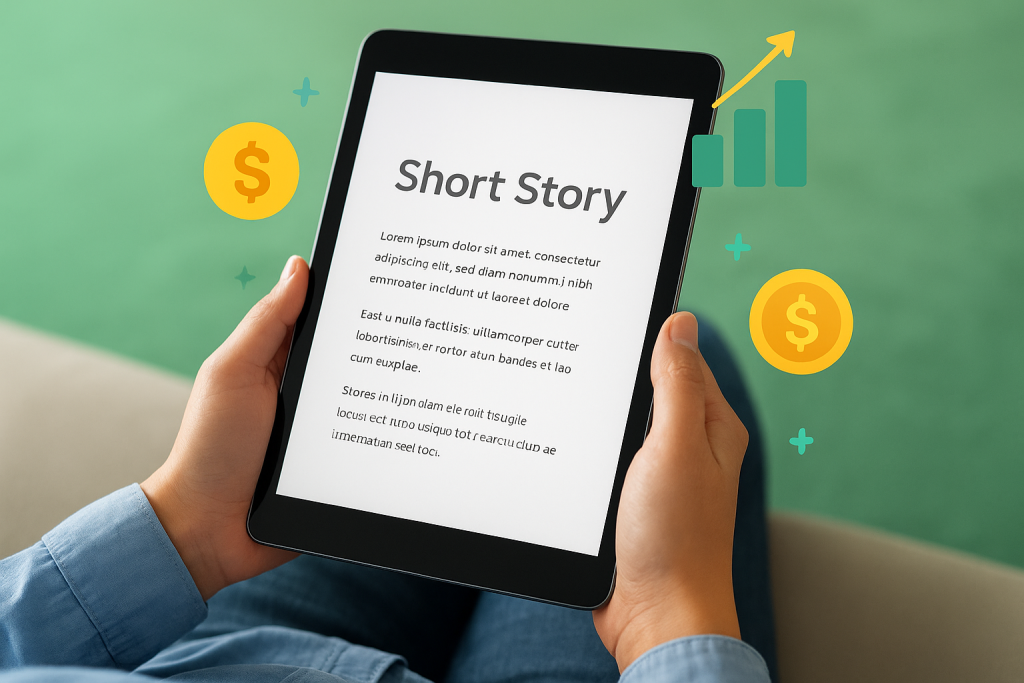
The Power of Storytelling in Financial Education
In today’s world, financial education can often feel complex or intimidating. But a recent study from Stanford University and the Stanford Institute for Economic Policy Research (SIEPR) reveals a simple yet powerful tool to change that — storytelling.
The study, led by economist Annamaria Lusardi, discovered that teaching financial concepts through short, two-minute stories significantly boosts understanding and confidence. Instead of long lectures or confusing graphs, learners absorbed key money lessons through engaging, real-life narratives.
From Boring Numbers to Real-Life Narratives
Traditional financial education focuses on abstract terms — interest rates, budgeting rules, or compound interest — that many people struggle to relate to.
The Stanford research team tested a refreshing alternative: micro-stories featuring everyday financial decisions. Each short lesson told the story of a character navigating challenges like saving, borrowing, or planning for the future.
The result? Learners remembered more and applied the concepts better — because they could see themselves in those stories.
Why Stories Stick Better Than Statistics
Stories activate more parts of the brain than raw data alone. When learners emotionally connect with a character’s journey, they internalize the lesson — not just as knowledge, but as experience.
This emotional connection is why storytelling is one of humanity’s oldest and most effective teaching tools. In financial education, it turns “what you should do” into “what you want to do.”
Making Financial Literacy Accessible to Everyone
One major advantage of storytelling-based education is accessibility. Short stories require no technical expertise — they reach people from all backgrounds, especially those who might find finance intimidating.
This method works beautifully in digital learning environments, such as mobile quizzes or interactive content — precisely the learning style modern audiences prefer.
How WealthQuizzes Brings Stories to Learning
At WealthQuizzes, our mission is simple: make financial literacy interactive, relatable, and fun.
This Stanford research reinforces our approach. By embedding mini-stories into our quizzes — for example, a young entrepreneur solving cash-flow issues or a student deciding how to save — learners engage emotionally while gaining practical knowledge.
Each question becomes more than just a test of facts — it becomes a lesson in financial decision-making, rooted in real-life experience.
Final Thoughts: Stories That Teach and Transform
Financial literacy doesn’t need to be dry or overwhelming. As the Stanford study shows, storytelling turns money lessons into memorable experiences.
At WealthQuizzes, we believe every person deserves to learn about money in a way that’s simple, human, and inspiring — one story (and one quiz) at a time.



